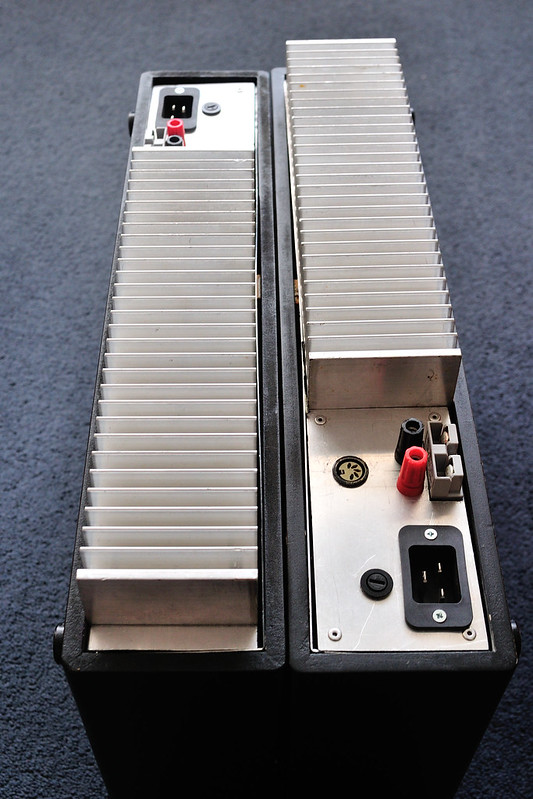Eric The Viking
Established Member
- Joined
- 19 Jan 2010
- Messages
- 6,599
- Reaction score
- 76
Natural wood is acoustically inferior to many man made boards, and it's also inconsistent.
The speakers I'd like to refurb are mostly birch ply, with deadening panels inside. I have others made from MDF and chipboard, albeit with veneer, and I think the venerable pair of 3/5As that I have are also ply.
The speakers I'd like to refurb are mostly birch ply, with deadening panels inside. I have others made from MDF and chipboard, albeit with veneer, and I think the venerable pair of 3/5As that I have are also ply.


































